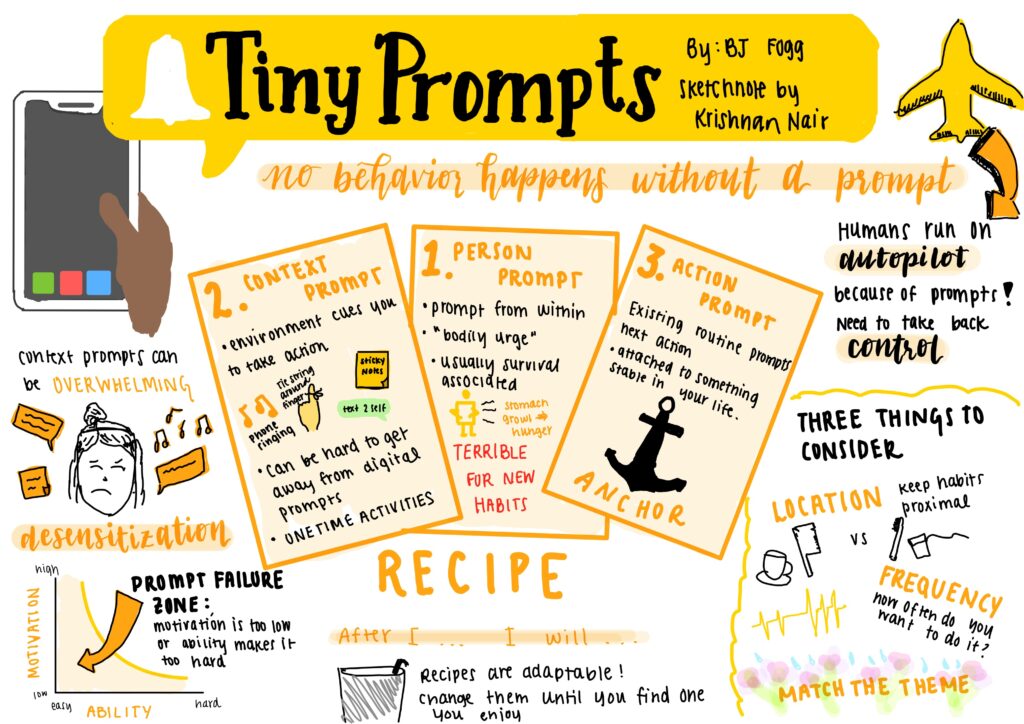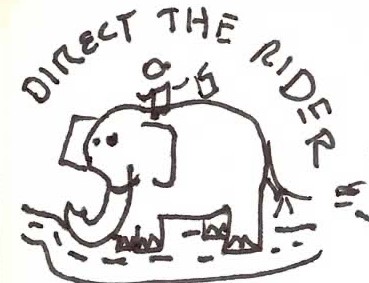Before this class, I thought that most of design was really the things that we learned coming from CS 147. In that sense, designing a “solution” was a lot of talking to customers as well as picking apart people’s designs while adhering to Gestalt principles. I felt as though there was much less discussion about the “purpose” of a design or the ethical considerations behind what was being created and how it would change a person’s behavior.
I think that the most unique aspect of this class compared to the others that I have taken at Stanford is how much emphasis there was on team time and creative exercise. That was really something that I appreciated about the class. While the 3-hour-long classes were admittedly quite long and could certainly be a little exhausting, the aspect that really made it worth it was how much time was spent engaging with others as opposed to just listening to a lecture. To that end, I think that the areas where I learned the most were when engaging with other people, whether that was about a reading, discussion topic, design, or through an interviewing exercise.
What I was surprised by was all the different models that we ended up constructing. While I think that these exercises certainly help to structure thinking and help communicate ideas, I am consistently struck by how much of design revolves around intermediate steps to actually making anything tangible. I am thinking somewhat about the time spent doing journey mapping, mental models, and other things that at times felt a little tangential to the actual goal of designing something and observing how it changes a person’s behavior. I should say that this is not something that is unique to this class. CS 147 in particular felt like there were a lot of assignments that were “busy work” that did not necessarily have a strong impact on the final implementation of our solution.
To that end, I do feel like there were aspects of our project that were unexplored and feel slightly incomplete. While were able to make something that looks nice in theory and has some evidence to support our design decisions, I do not feel as though we went as far as we could in being able to feel confident about the type of behavior change we were instilling. I recognize that this is only a 10-week class and it is very difficult to accomplish this while doing the 100 other things that every student has to do. That being said, the most interesting part of the whole solution design to me was the intervention study, and that is where I wish the class maybe spent more time. This is because I think that is where we might derive the most benefit. In actually designing ways of testing how you can influence someone’s behavior I think you might truly learn how to, well…change someone’s behavior. It is cool to finish the class with a polished Figma prototype, but I feel as though more of the curriculum could have focused on designing less polished experiences that could elicit stronger results. By spending too much time focusing on colors, curves, etc. I think the class loses a little sight of what is most valuable. Again, I think that these are somewhat competing aspects on a short timeline – on the one hand, you want to learn how to build a nice-looking app, but on the other hand you want to learn how to build a useful app. Nonetheless, I wish there was maybe a little more emphasis on behavioral psychology.
What I am going to say next is going to completely run against what I just said. One of the things that I appreciated about this class was gaining more experience with Figma. That is one skill that I really hope to hone more with additional HCI / design classes. I do wish that there were more exercises or resources to help develop skills. Additionally, it would have been nice to get access to a paid account. We ended up buying a paid subscription in the end to make our prototyping much less of a headache.
I think that our final solution certainly included ethical considerations in our design and implementation. Most centrally, we aimed to leverage the idea that people tend to read the news out of fear that they will look stupid when confronted about certain topics; however, these same people seldom actually engage with others about the news! To that end, we wanted to bring this interaction to the forefront and showcase all of the information that people were consuming. While this was intended to be something positive that promotes healthy discourse, there are certainly ways in which we imagined this could have negative effects and maybe create more negative pressure for people to engage with the news. Some of this was explored in our design fiction. Otherwise, our actual solution experience as illustrated in our prototype is intended to create as positive of a feel around this type of interaction as possible.
Now I think that design / HCI can be viewed as much more of a research-like discipline. I suppose coming from a more CS / AI background predisposes me to think of research as something that needs to be highly technical and data-driven while design is much less tangible or scientifically driven with more weight given to “feel,” “vibes,” or “intuition.” That being said, in going through a couple of HCI classes, I realize that the aspects that I most enjoy about this discipline are the more science-based or research-driven components. Interviewing people, conducting intervention studies, literature reviews, and design feedback are all exercises in collecting, interpreting, and actualizing data. In this way, CS 247B has helped change my opinion about what HCI is and how to use it in a way that can have tangible effects and benefits for people at large. In sum, I am glad that I took this class and am grateful to have had this experience and shared it with my group and the rest of the class. Thank you to the teaching team for a fantastic Winter quarter class.



